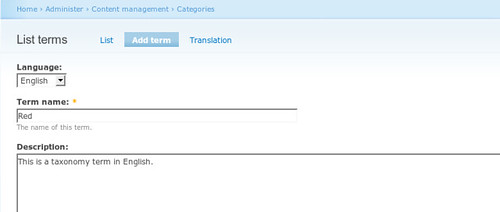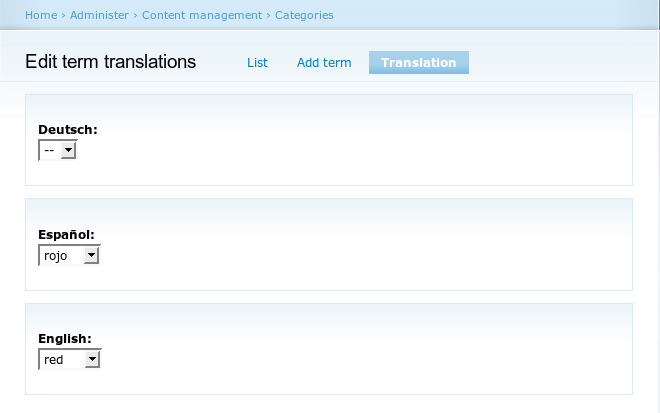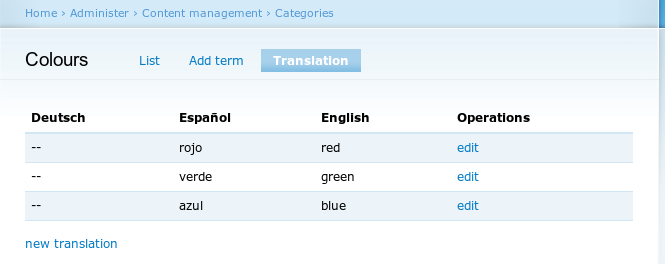If you decide to use dynamic pages (i.e., the URL contains a "?" character), be aware that not every search engine spider crawls dynamic pages as well as static pages. It helps to keep the parameters short and the number of them few.
Clean URLs
- Drupal has a feature called Clean URLs. That feature will eliminate the ?q= in the URL. So, without ?q= the URL will become http://drupalsitesample.com/node/3. That URL is more like a static page URL which is said can be crawled better by the search engine. Before you can use this feature, make sure your Apache mod_rewrite module is enabled. To enable to Clean URLs feature, you can open menu Administer - Site configurations - Clean URLs. After that, you have to choose the Enabled option then click Save configuration.

URL Aliases
- We can also rename Drupal URLs by enabling the Path module. This module is already bundled with Drupal. By using URL Aliases feature, we can rename the URL like http://drupalsitesample.com/node/3 to a more readable URL like http://drupalsitesample.com/drupal-seo-tips. This kind of URL will be searchable via Google with inurl: prefix. To enable the Path module, you can open menu Administer - Site building - Modules and give checkmark on Pathauto checkbox. After that, click the Save configuration button.
 After the Path module is enabled, you can rename the URL of your content by filling the URL path settings field when you creating or editting content.
After the Path module is enabled, you can rename the URL of your content by filling the URL path settings field when you creating or editting content. 
- Pathauto Module
To enable to Pathauto module, you can open menu Administer - Site building - Modules. Give check on Token and Pathauto modules. After that, click the Save configuration button.
After the Pathauto module is enabled, it will automatically generate the URL alias for your content when you creating new content. For your older content which haven't aliased before, you can edit them and give a check on Automatic alias checkbox on the URL path settings form.

The default pattern for the generated URL alias is content/[title-raw]. The [title-raw] will be generated from your content title. So, if your content title is Welcome to my website, Pathauto will generate the URL alias such as content/welcome-to-my-website. You can change this pattern with this following steps.
- Click menu Administer - Site building - URL aliases then click Automated alias settings tab.
- Click Node path settings. You can change the pattern by modifying the content in this field.

- To see the complete Replacement patterns, you can click on Replacement patterns.
- For the example, I modify the Default path pattern into content/[yyyy]/[mm]/[dd]/[title-raw].
- Click Save configuration when you ready.
- So, if I create a content titled My New Content on 1-February-2010, the aliased URL will be content/2010/02/01/my-new-content.













